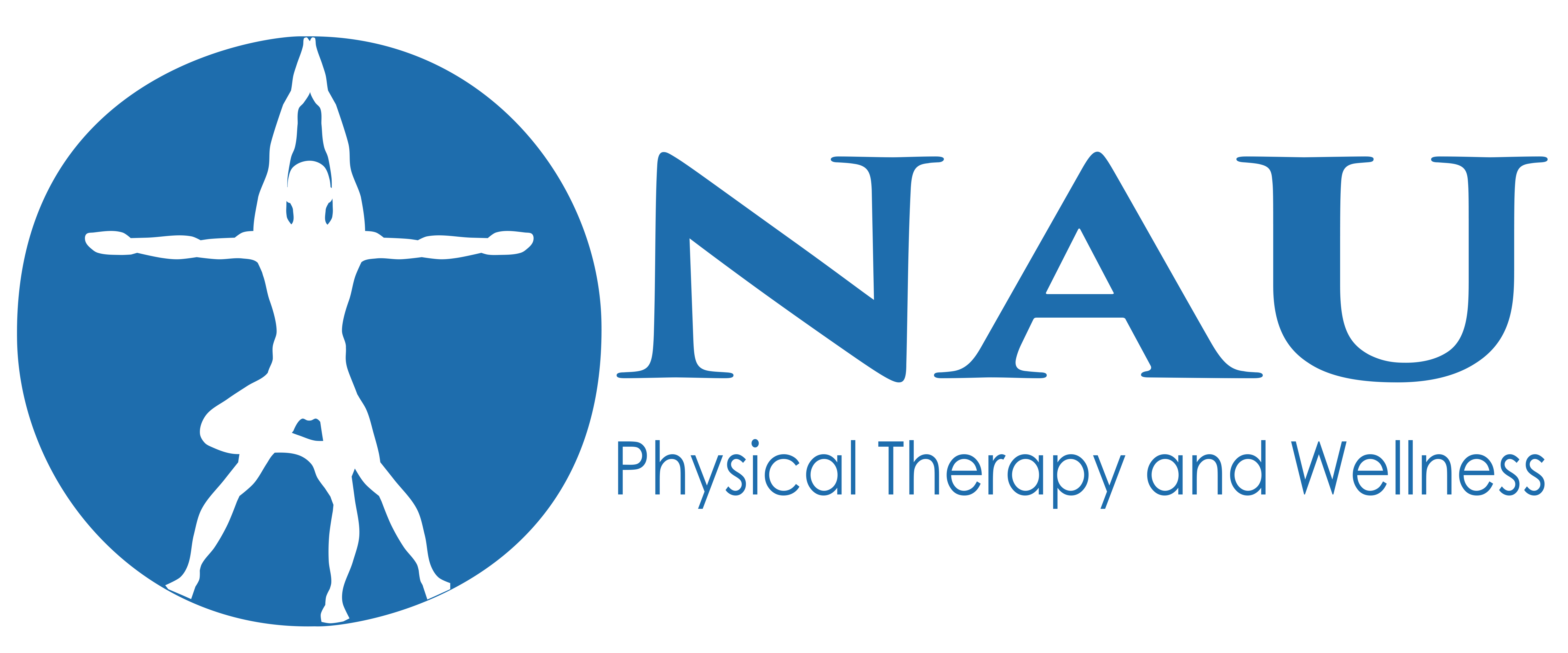
By Sukie Nau, DPT/Owner, NAU Physical Therapy & Wellness
Marathon season is right around the corner.
Whether you’re running in a marathon or just want to get into running recreationally, below are 10 tips for you to prepare for this marathon season.
We at NAU Physical Therapy & Wellness are running specialists who have gleaned this information from our own experience running as well as that of hundreds of our runner patients.
To prepare for your race:
1). Select a 12-16-week scheduled program with a gradual increase in mileage.
2). Write your goals on a piece of paper and post it on the refrigerator or on your bathroom mirror. By writing your goals and seeing them every day, you’ll be motivated to put in the work even on the days you are feeling extra tired and don’t feel like running.
3). Hydrate properly throughout the training cycle, and not just the week of the race. For example, I like to always have two water bottles with me wherever I am (work, driving, etc.), one with water and the other with some sort of electrolyte source. I refill them several times per day.
When you’re running, especially in the Florida humidity, you need more than just water. Sodium, potassium, and calcium are all important for proper muscle contractions and keeping your body in rhythm.
When you sweat, your electrolytes are flushed out of your body. Water is absorbed through the electrolytes. Without electrolytes, your body can’t absorb the water it needs to remain hydrated.
4). Train in intervals: These are periods of hard running and slow running (or walking). Interval training 1-2 times per week can help your fitness by improving your strength and endurance. It can be done anywhere you typically run, whether on the track, treadmill, road, or grass. If you’re training for a specific race or goal, implement it as part of training program through your taper period.
5). Incorporate long runs: Incorporate one long run per week to improve your endurance and get your legs ready to sustain the time it takes to run you race.
6). Cross-train: Incorporating aerobic training other than running into your training program keeps your fitness up but gives your legs a break from pounding the pavement during running. Cross-training includes swimming, aqua jogging, biking, elliptical, etc. Choose an activity that brings you enjoyment. Try to cross-train 1-2 times per week.
7). Foam rolling and stretching help loosen up your muscles and keep your joints mobile. If your joints and muscles become too stiff, your body can’t move through its optimal range while running. This can alter your gait pattern or increase your risk of injury. Foam rolling and stretching help reduce muscle and joint stiffness.
8). Listen to your body: If you have an ache or pain that lasts more than a few days, seek attention. The earlier you get your injury taken care of, the less likely it will become worse. If you need to, take an extra day off training. One extra day off may make the difference in you reaching that starting line healthy or injured.
9). Eat properly: Don’t wait until the month before to begin eating right. Eat a healthy, clean diet throughout your training (with a few cheats here and there because training should be fun!). You’ll notice the changes in your body and improvement in your energy level.
10). Strength training and plyometrics have been shown to reduce your risk of injury and make you a more efficient runner. Strength train 1-2 times per week, concentrating on all major muscle groups (including your arms, because these can add power to your running).
Plyometrics work on turnover and neuromuscular control, which allows for your muscles to be activated at the appropriate times while running. Work on plyometrics once per week or once every other week.
You don’t have to follow all these principles to run a strong marathon but, the more you cover the basics, the greater your chance of success!
For more information, or to schedule a free consultation, call our office today.
